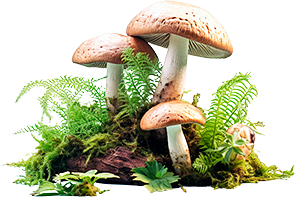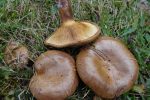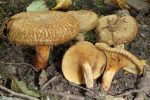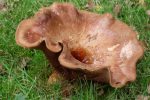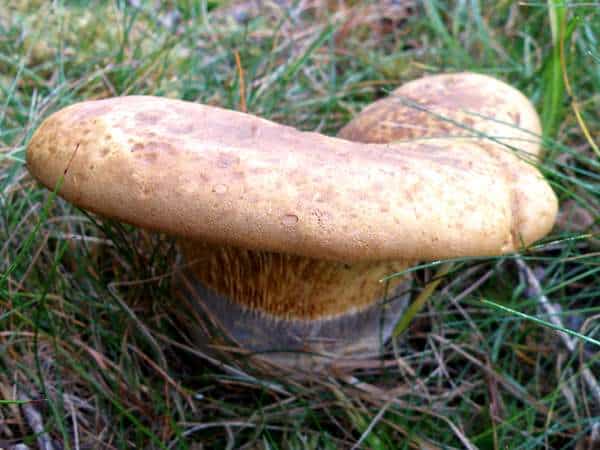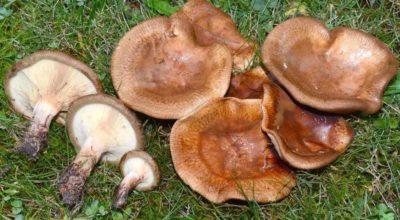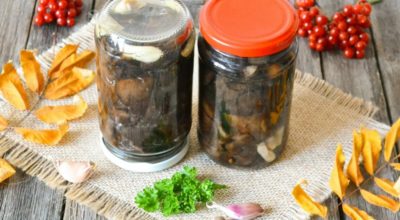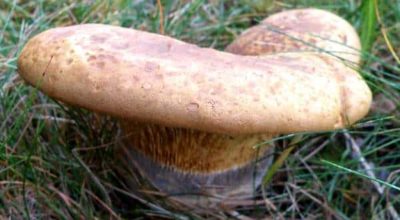From conditionally edible representatives of the Tapinella genus, a false pig is distinguished by an external appearance. Mushrooms depending on the conditions of growth, Photos of which can be seen in this article, Cable to accumulate toxins, stable during culinary processing.
Content
- Description of species of pigs
- How they look and where the mushrooms are collected
- External features and their properties
- Pig poisonous or edible mushroom
- Similar species and doubles
- Symptoms of poisoning
- First aid for poisoning
- Let's talk about secrets
- Recommendations for mushroom lovers
- Arguments about edibility
Description of species of pigs
Most of the varieties of pigs belong to a conditionally poisonous. With 1981 year they are excluded from the all -Union list of products, suitable for cooking. Despite such prohibitions, Some species are salted and appreciated for taste and cold canning. The most commonly found, alder and thick pig, Other names - barn, Dunka, pig. We will consider them in this article.
How they look and where the mushrooms are collected
Pigs can be found in deciduous or coniferous forests, on the edge of the clearings. Often the barn grows on the twisted roots of the trees, old anthills, On the cuts. Grows on moist soil, Found in the summer and autumn period.
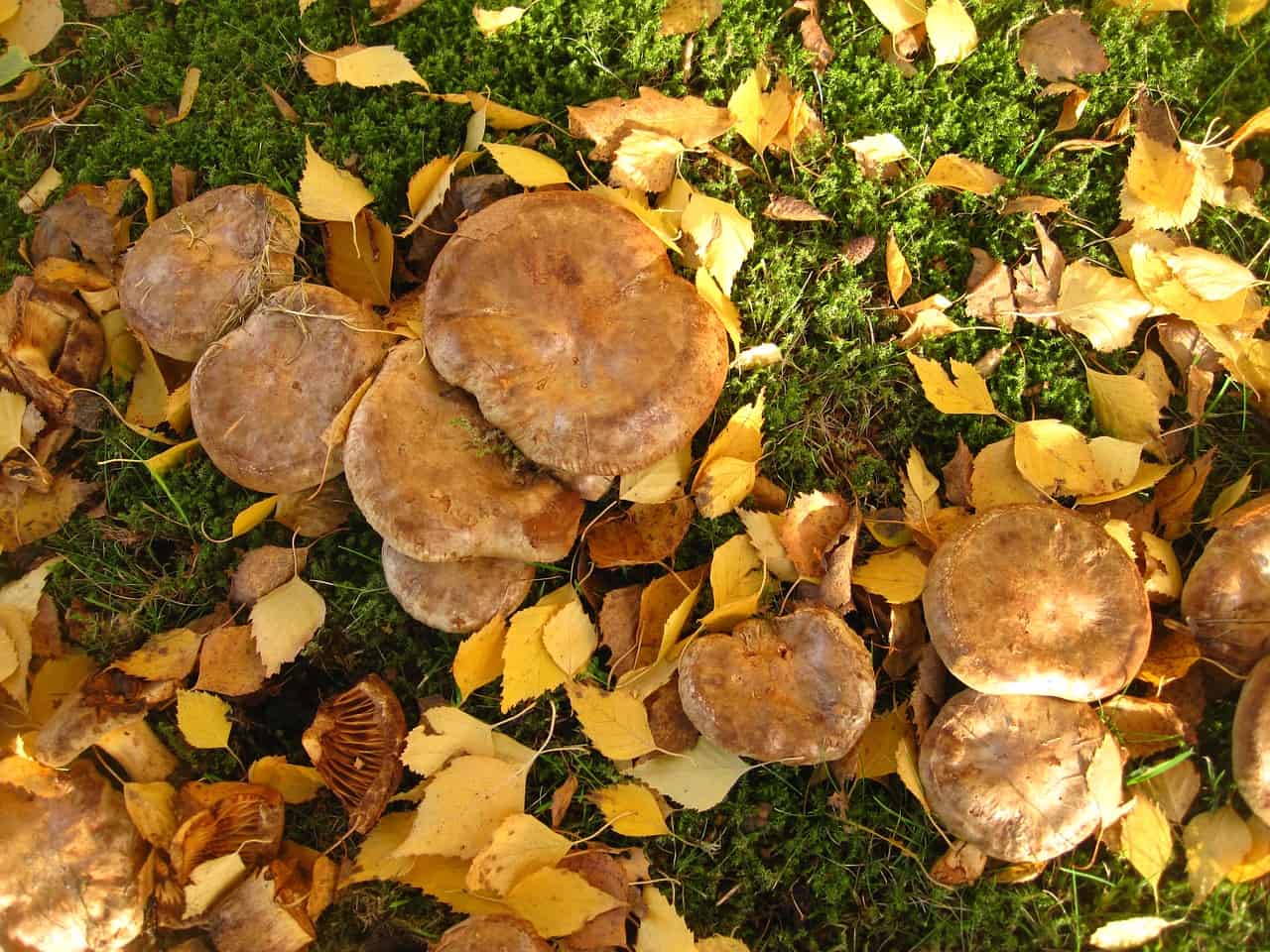
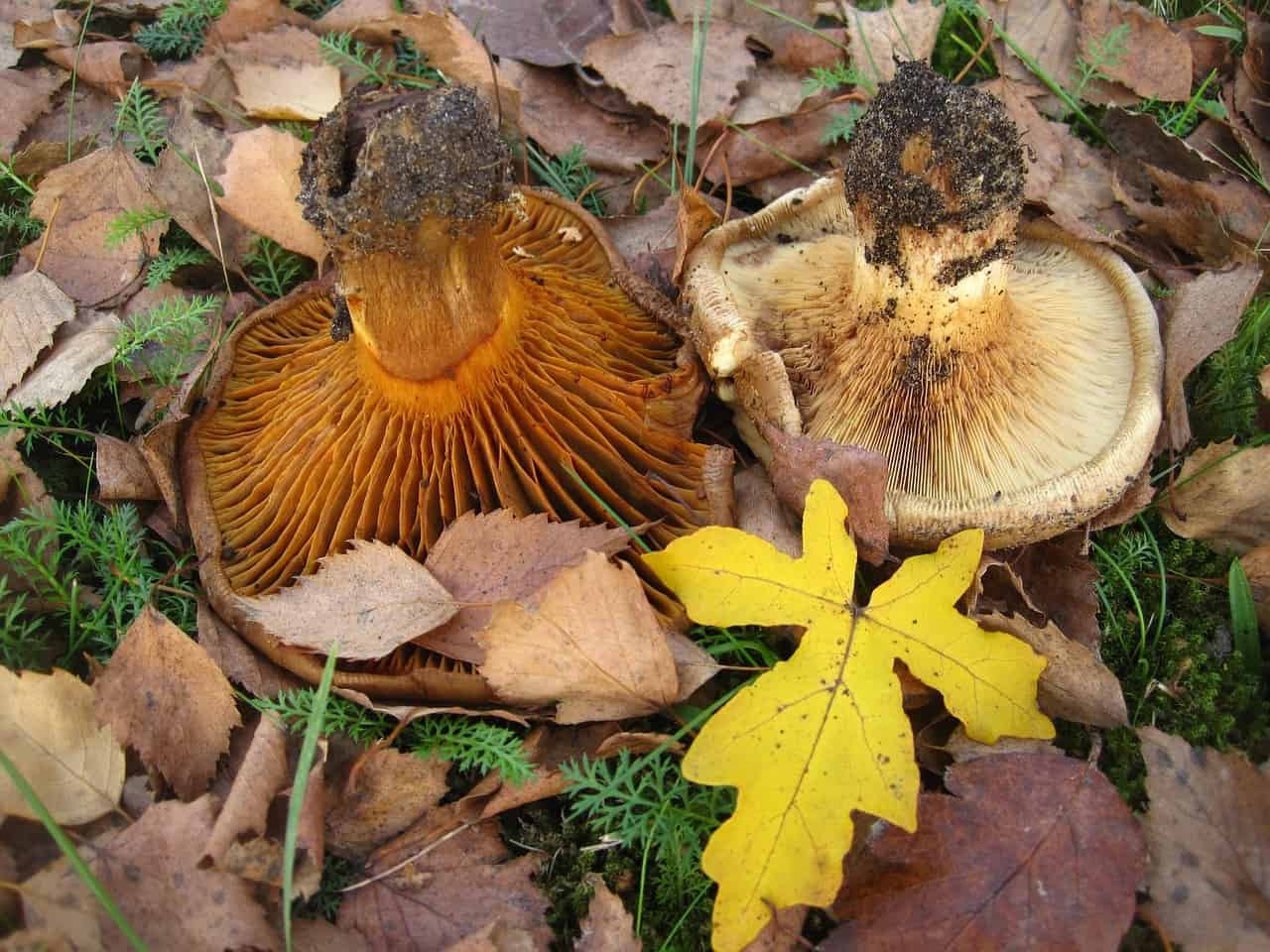
Hat pig Olkhova: 8-20 cm in diameter, Initially convex. Brown or brown color with olive tint.
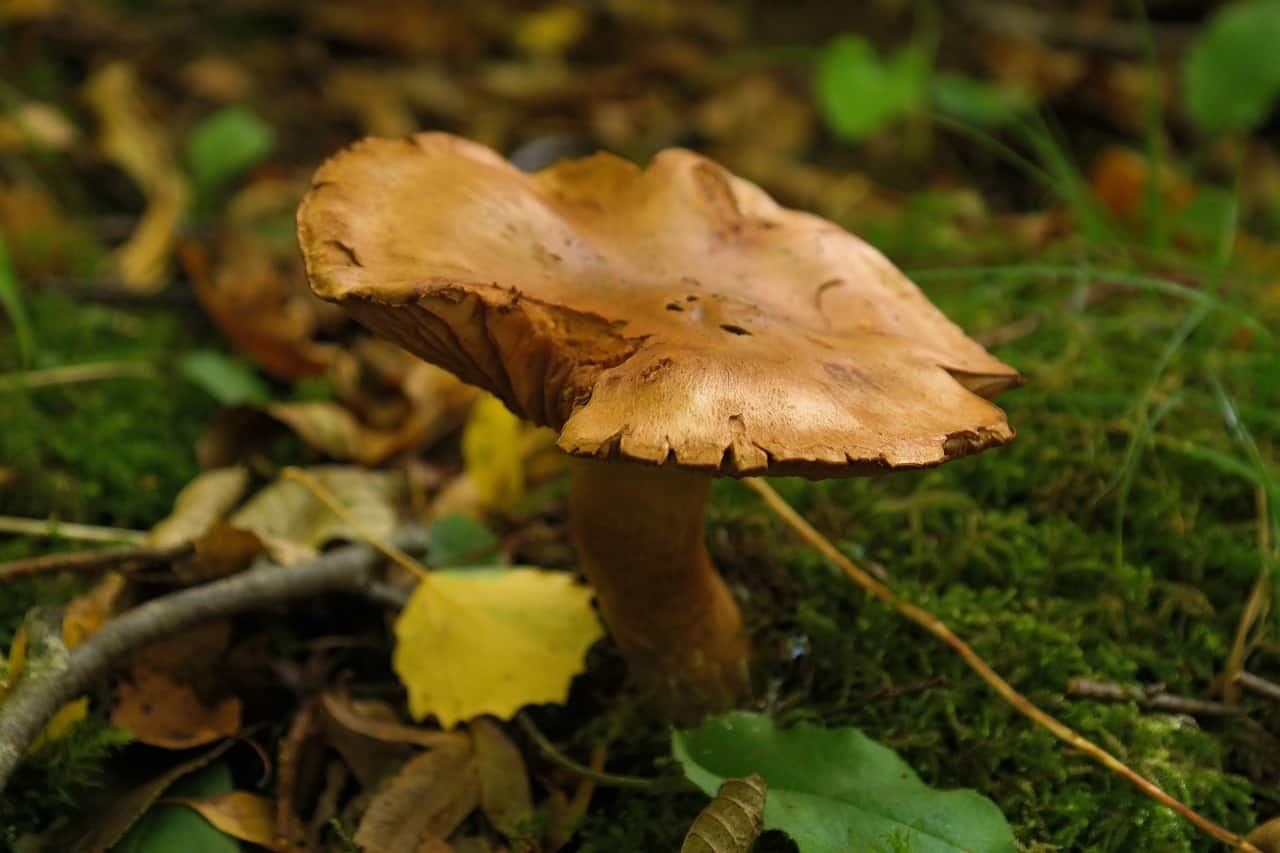
External features and their properties
Pig cannot be confused with other species because of distinctive features: Beautiful velvety hat, records, Color. The surface is velvety, As it matures, it becomes dry, Cracking, It acquires a disproportionate form. Plates, Dear frequent, branching shape. They have a yellowish color, which becomes dark when pressed.
Pig poisonous or edible mushroom
Pigs are conditionally present, If they belong to the genus Tapinella. The pig is thin and alder, Unlike other representatives of the genus, may be dangerous to health.
Similar species and doubles
It is practically impossible to find poisonous mushrooms similar to a thick pig due to thick velvet-brown legs. It is impossible to confuse it with any mushroom. Something he looks like a green moss and a Polish mushroom – But they are not dangerous.
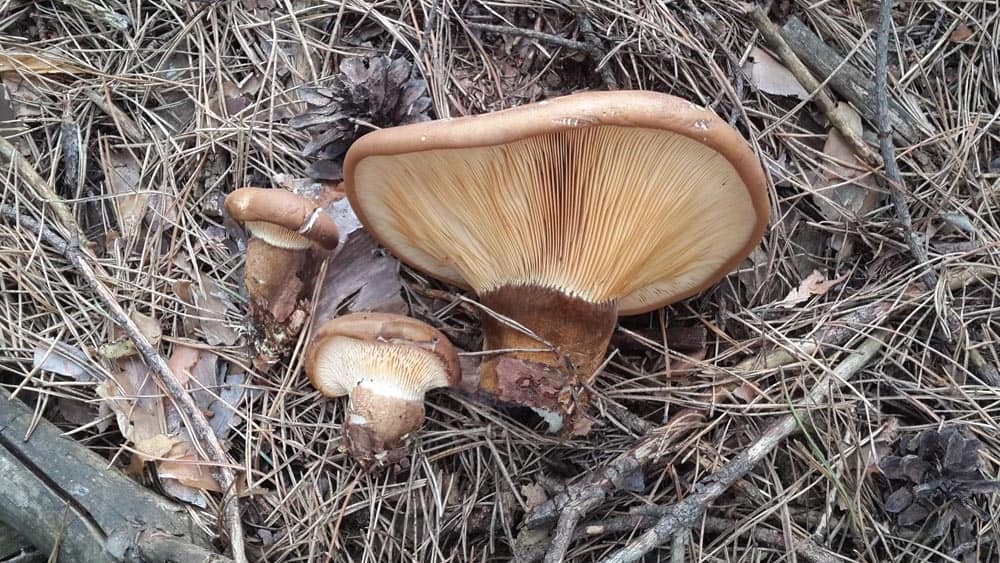
Although, Even edible varieties, Depending on the place of growth, can accumulate in dangerous quantities poison muscarin, a similar toxin of fly agaric. An overgrown and old false barn is able to accumulate toxic substances.
Symptoms of poisoning
Symptoms of poisoning can appear a few hours after eating the fungus for food. The first signs:
- vomit;
- nausea;
- diarrhea;
- stomach ache;
- weakness;
- dizziness.
First aid for poisoning
To remove toxin, entering the body, Rinse the stomach. With the rapid course of intoxication, the intestinal cleansing with a special saline is indicated. As a result, the withdrawal of toxins and slag from the blood is achieved.
Let's talk about secrets
In Chinese medicine, the fungus is used to relax muscles.
Recommendations for mushroom lovers
Before you go to a quiet hunt, Better to study mushrooms by photo, so as not to risk health.
Arguments about edibility
Despite the proven poisonous properties, pigs continue to be used as a conditionally edible mushroom. Therefore, an important criterion is the ability to distinguish from each other various types of mushrooms of the genus of pigs.
